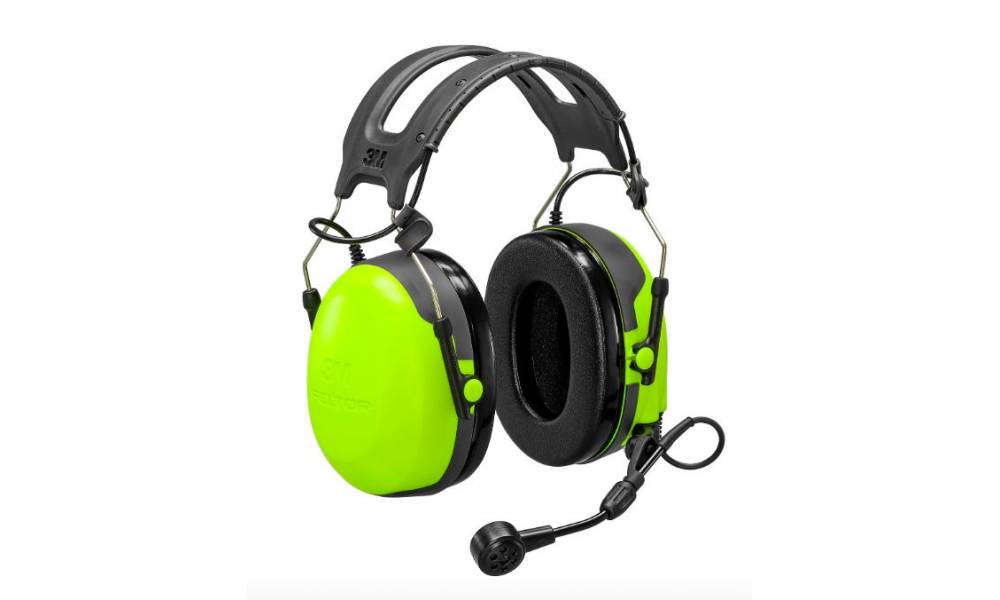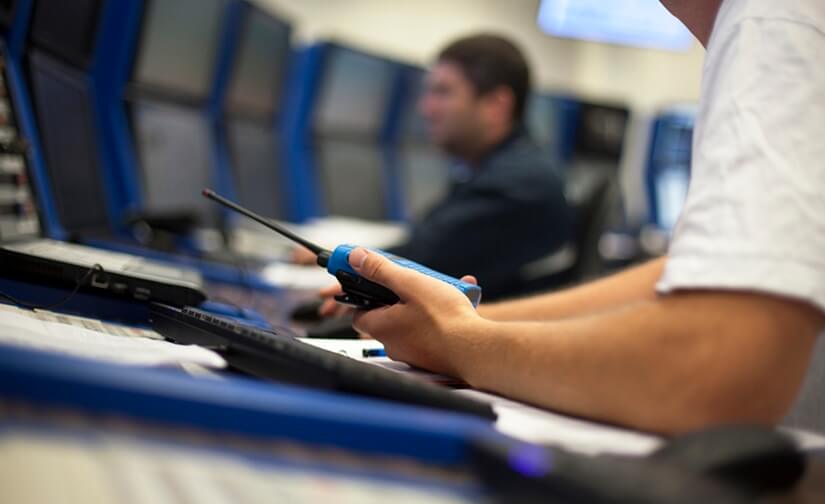For short, you should have the same number of two-way radio channels as the number of teams that make your staff.
There are plenty of options available in terms of business two-way radios.
Knowing just how many channels your business requires and some other basics on how two-way radio channels work will help you choose the right two-way radio device without breaking the bank.
What is a Two-Way Radio Channel?
Channel in radio communications is the individual line for a one or two-way transmission on a radio band. To put it simply, it is something like a TV channel you have assigned on your tv, but now for communicating.
Standard business radios are able to tune around 1 to 32 separate channels. In some models, you can change selection through a dial or knob to syntonise the channel you like, or, in other cases, you can use a menu selection on the radio’s LCD screen.
For business operations that require open conversations between all the members of the staff, a single channel will work perfectly. If, on the contrary, your business needs to have separate team conversations and not overlap them to avoid confusion, you should opt for a radio that can work in multiple channels.
Another great reason to have multiple channels available on your radio device is that you can quickly resort to another frequency in the possibility of radio interference by other waves in the area. Having this option to switch channels will come handy even for those that generally use only one. If that channel you are on is already in use, you can simply move to another, instead of having to tune another frequency in the devices.
When deciding on which radio devices to order for your business, you should take into account the possible future needs and think of it as a long-term investment. The last thing you want is to have to replace your radios shortly after you started using them because they don’t cut it anymore.
Consider if your business is growing into more branches and if you’ll require more channels and have an estimate for it. Then invest in a future-proof radio that won’t make you spend on new devices due to having more teams than channels.
Channels Scan and Communication
Let’s imagine this situation: you are in charge of managing a large event for your company. For easy and safe communication, you need to have a common open line of transmission to all the staff working on the event. You will likewise require a dedicated channel assigned to the catering team, another one to the security personnel, one for the reception staff, and the rest of the sectors.
A great feature to put into use here and maximise efficiency is the scanning feature. Again, take the event manager example and its different channels:
- All Call – A channel to speak and hear everyone on all channels in one
- Manager
- Caterers
- Reception
- Security
- Cleaning Services
- …
In this event, you would program all staff’s handheld walkie talkies to scan Channel 1, for All Call, and their own channel. In the case of the caterers, devices would be scanning Channel 1 and Channel 3. Likewise, Reception staff radios would scan Channel 1 and Channel 4 and so forth. The Manager would then program their radio to scan all the channels so that it can oversee all the operations.
Each department would have its two-way radios turned to its own channel and speak between them by using the Push to Talk button.
In the event of a department having to talk to a separate department, they will simply use the radio’s dial to get to that department’s channel, and that is it. For communicating on the All Call, then the teams would turn the devices to Channel 1 and have a line to communicate with every member on the staff, including their team.
This way, every department and every individual member can communicate with whoever they need but eliminating the pointless or indistinct chatter that would occur if all the radios were on the very same channel.
Radio Channels divide the two-way communication so that users can communicate without being interrupted by another team’s transmission.
Two-way radios come with a particular frequency out the box on each channel, so make sure to check and reset the necessary frequencies before using them as your area may already have radio channels assigned to those same frequencies and lead to interference.
Determining how many channels you require for your company’s radio devices can be a head-scratcher but also provide significant money-savings, so we hope this information helps you with that decision. If, however, you have any further questions about two-way radios and two-way radio channels, feel free to contact us, and our helpful team will be more than happy to guide you and assist you.





